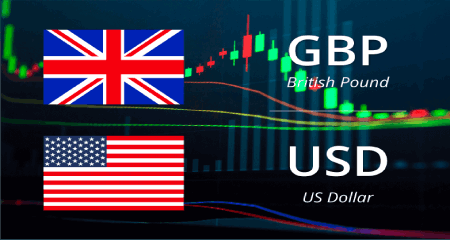
GBP/USD bounce off a one-month-old ascending channel support
The upside, however, remains capped in the wake of the Bank of England (BoE) Governor Andrew Bailey's less hawkish remarks on Thursday, indicating the possibility of a sharp fall in UK inflation. This, to a larger extent, overshadows mostly in-line UK GDP print for the first quarter of 2023 and the better-than-expected UK Manufacturing/Industrial Production figures for March. From a technical perspective, the recent failure near the aforementioned trend-channel resistance and the subsequent downfall might have already shifted the near-term bias in favour of bearish traders. That said, oscillators on the daily chart - though have been losing positive traction - are still holding in the bullish territory. This, in turn, makes it prudent to wait for a convincing break below the 1.2500 mark, or the ascending trend-channel support, before positioning for any further depreciating move.
The GBP/USD pair might then accelerate the slide towards the 1.2440-1.2435 region. This is followed by the 1.2400 round figure, below which the downward trajectory could get extended further towards the next relevant support near the 1.2370-1.2465 region en route to the mid-1.2300s. The GBP/USD pair could eventually weaken further below the 1.2300 round-figure mark and test the 1.2275-1.2270 horizontal support. On the flip side, any subsequent move-up is likely to confront stiff resistance near the 1.2550-1.2560 region. A sustained strength beyond will reaffirm the trend-channel support and trigger a near-term short-covering move. The GBP/USD pair might then aim to reclaim the 1.2600 round figure and test the 1.2635-1.2640 supply zone. The upward trajectory has the potential to push spot prices towards the 1.2700 mark, which coincides with the top end of the ascending channel. The latter should act as a pivotal point, which if cleared will be seen as a fresh trigger for bullish traders.
